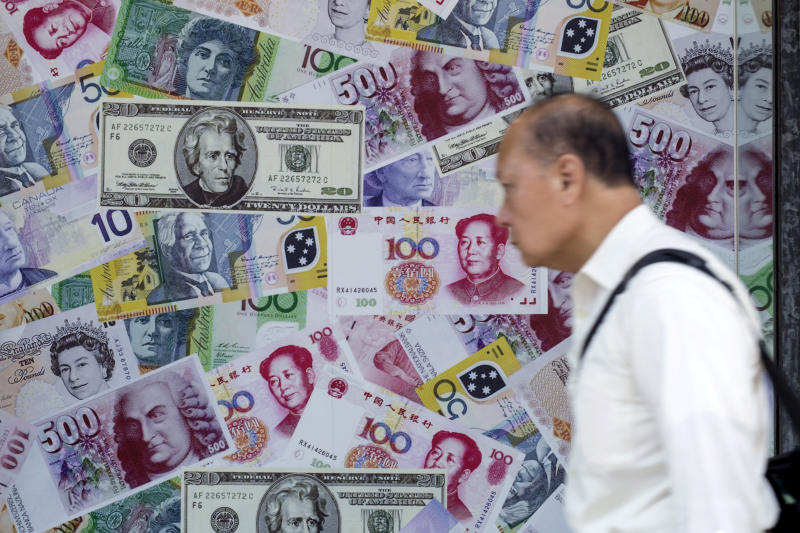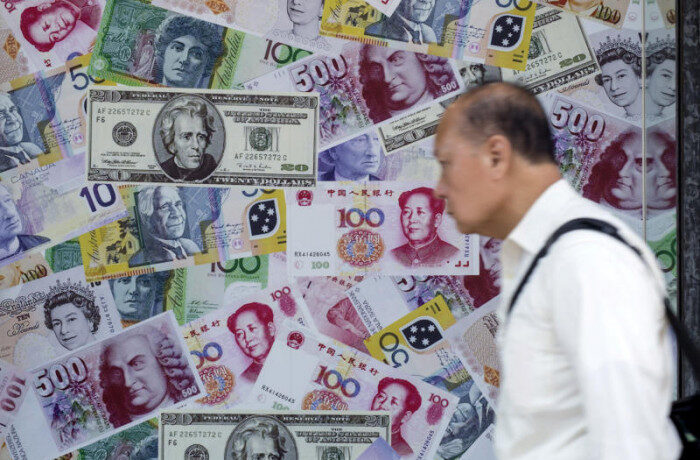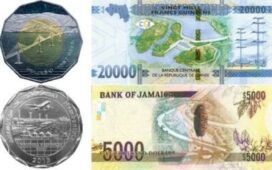
China’s yuan has the potential to rival a weakening US dollar as a global currency if Beijing liberalises convertibility and access for foreigners, according to a senior Asian economist.
China wants more international use of its centrally controlled yuan, and the currency already works fluidly in cross-border purchase settlements, said Hoe Ee Khor, chief economist with the Singapore-based Asean+3 Macroeconomic Research Office.
“The US exceptionalism is over – the beginning of the end,” Khor told the South China Morning Post on Thursday. “The US dollar is not the safe currency it used to be. The renminbi has always been held up as one of the possible alternatives, and it’s growing.”
But to push back against the dollar, China must “deepen” its financial markets so foreigners can better access yuan-denominated stocks, bonds and other assets, Khor said. New yuan-backed asset classes would also help, he added.
He cited, as a model, China’s existing “connect” schemes with Hong Kong, through which foreign investors can buy mainland Chinese bonds and stocks without special licences.
Convertibility remains another concern among investors outside the mainland, he added.
“You can probably open it up more,” Khor said. “If you’re going to encourage people to hold your currency, you need to have assets to back it up, and it needs to be convertible.”
Beijing, though it limits capital outflows, has long sought to turn the yuan into a global currency to help foster an environment for its economic development.
The dollar experienced a sell-off last month as US President Donald Trump’s government imposed import tariffs on much of the world, particularly China, before suspending most.
Asia has girded itself against crises by fully preparing its now 25-year-old Chiang Mai Initiative Multilateralisation (CMIM) currency swap, Khor said.
The US$240 billion CMIM scheme, which covers the 10-member Association of Southeast Asian Nations (Asean), China, Japan and South Korea, offers emergency help to countries facing balance-of-payments issues and short-term liquidity problems.
The initiative has already weathered 15 tests, Khor said, bolstering its capacity to lend as much as US$11 billion with just a few weeks’ notice and without International Monetary Fund approval.
“We are waiting for the right moment when one of the members decides they would like to take advantage of this,” he said.
No one has used the scheme yet, Khor said. Even during the pandemic when containment measures hurt Asian economies, he said, no one needed a hand.
East Asian economies, including China, will get by even if Trump’s tariffs resume after 90-day pauses that are due to end in July, the economist said.
That is because the United States accounts for just 15% of global trade, he said, while most other players are “committed to a rules-based system” that would exclude sudden, sweeping tariffs.
“I think the system is bigger than Trump,” Khor said. “Although the US is big, it’s not that big. I think [the system] can survive, but in the short term, there’s a lot of disruption, and countries have to deal with it.”
Trump’s tariff pauses have reduced pressure on Asian exporters to dump goods into non-US markets, the economist added.
Moving forwards, Khor said, Asian countries should look into trading more among themselves, especially in services such as healthcare and finance.
But as the US negotiates with many exporting Asian countries over tariffs during the 90-day pauses, he said, most Asian governments will downplay their role in the transshipping of made-in-China goods to the American market. He expected producers to raise the localised content of exports so that the US would not label those goods as Chinese.
Asean members Vietnam, Malaysia and Thailand have attracted a slew of Chinese manufacturing investment since Trump’s first term in 2018 to avoid tariffs targeting China.
When tariff pauses end in July, Khor said, it will “hopefully [be] a positive shock”.





